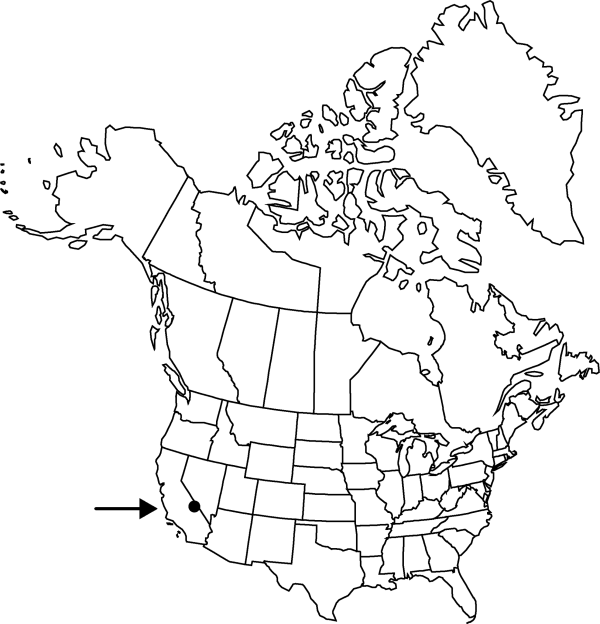Nitrophila mohavensis
Aliso 3: 112, figs. 1–3. 1955.
Stems 3–10 cm, base often buried with long internodes and scalelike leaves, aboveground portion densely leafy with overlapping leaves. Leaves of main-stems often auriculate-clasping at base; blade flat (not terete) with keel-like midrib, broadly ovate, 2.3–4 (–4.7) × 2.5–3.5 mm at base, apex mucronate or apiculate. Inflorescences solitary, sessile flowers. Flowers: perianth segments erect, pinkish, ovate, 2.3–3.5 mm; stamens included; filaments shortly connate basally; style equaling stigma branches. Utricle concealed by persistent calyx. Seeds black, ca 1.2 mm, shiny.
Phenology: Flowering spring–fall.
Habitat: Moist alkaline soils
Elevation: 600-750 m
Discussion
Of conservation concern.
Nitrophila mohavensis is endemic to the Amargosa Desert and occurs with Distichlis stricta, Cordylanthus tecopensis, and Cleomella brevipes.
Selected References
None.
